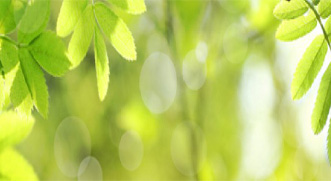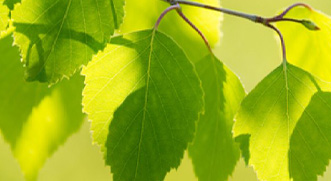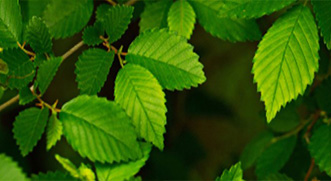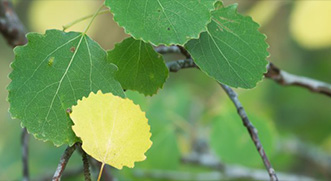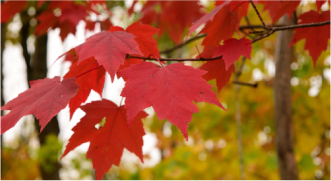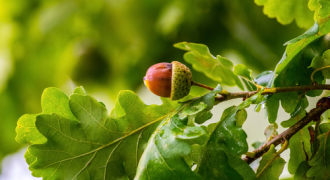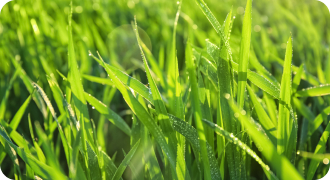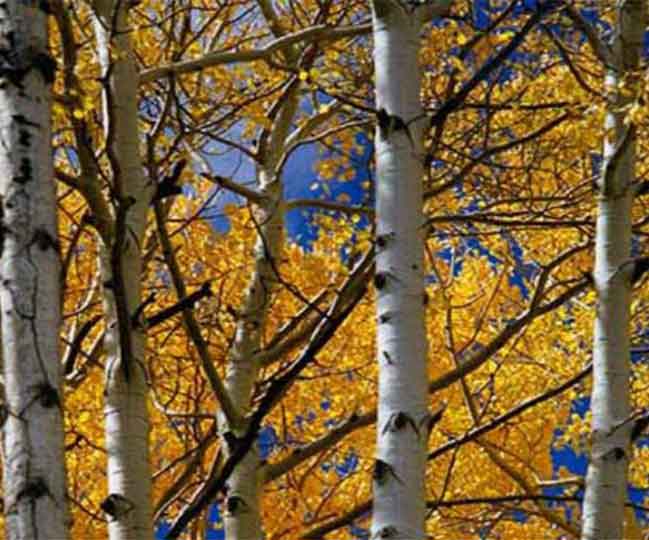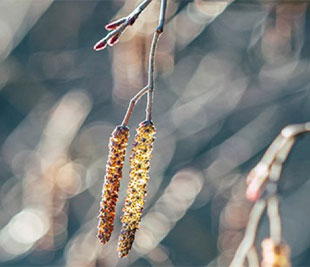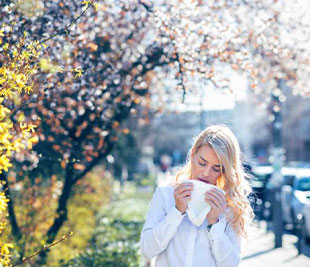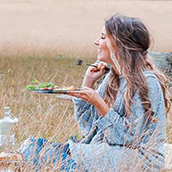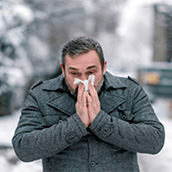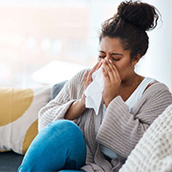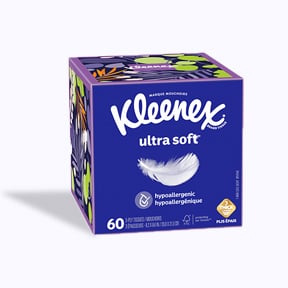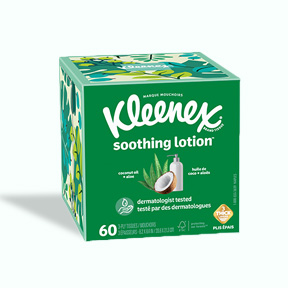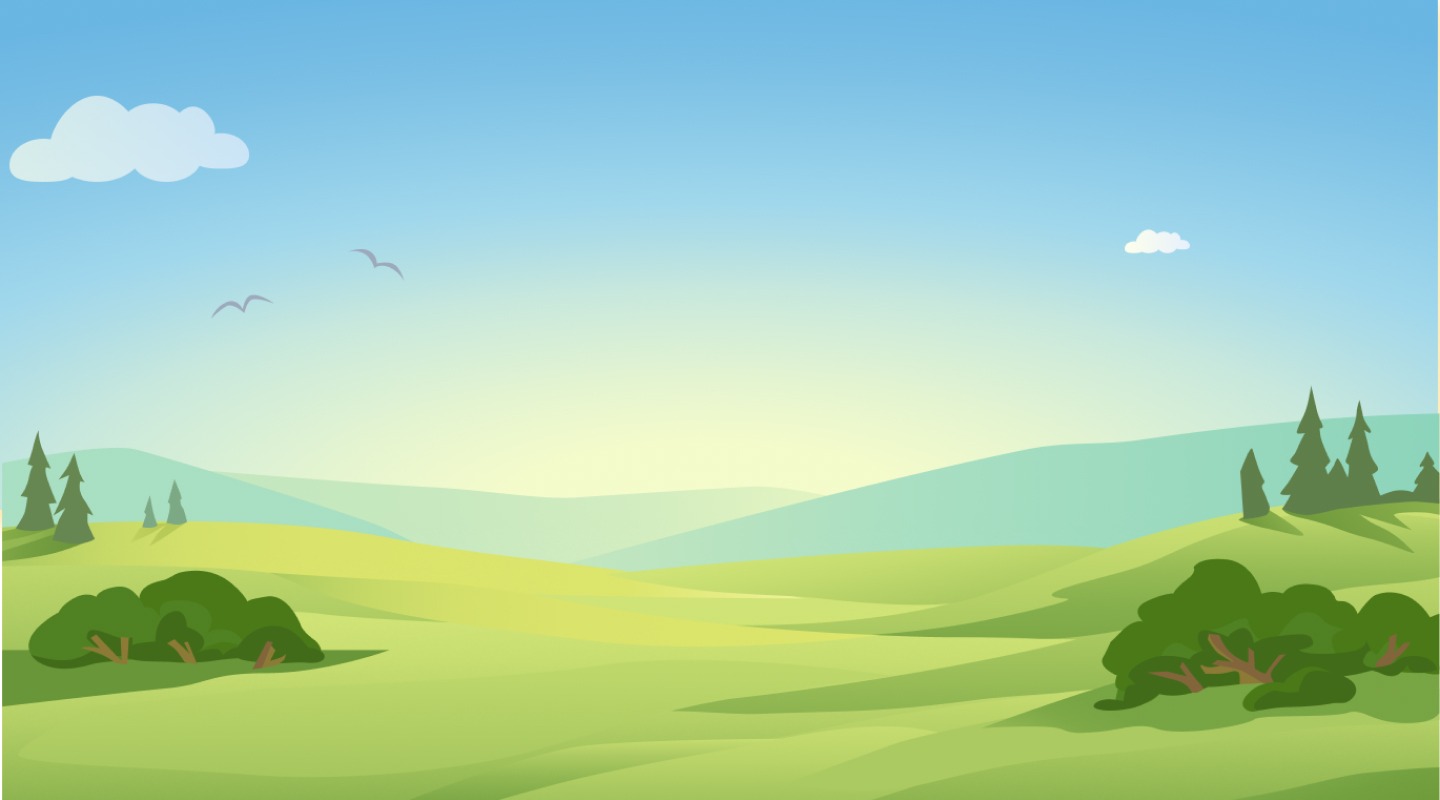


Click here to sign up for alerts
Tap here to sign up for alerts

The pollen forecast for your area
The weather forecast for your area
Discover our hay fever advice and more information about pollen in your area.

Get ahead of pollen with personalized alerts!
Sign up for pollen alertsPollen Count in Victoria
What is the pollen count in Victoria today?
Check the pollen count today in Victoria with Your Pollen Pal. Enter your postal code above to find the daily levels in your street or at your planned destination to help minimize the impact of hay fever.
Pollen forecast for Victoria
Keep tabs on the Victoria pollen count over the next few days. Use the tracker for an accurate pollen forecast in any area – get the green light for a day out at Craigdarroch Castle, picnic in Beacon Hill Park or walk around Inner Harbour.
Pollen Month-by-Month in Victoria
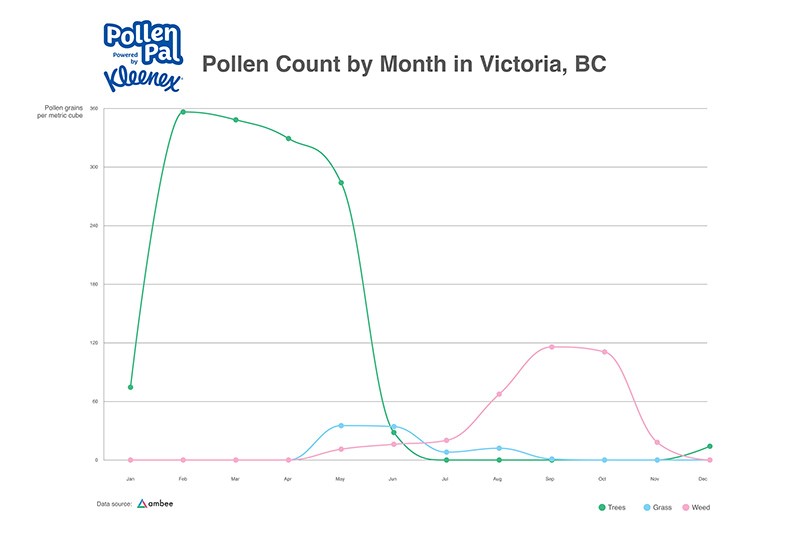
-
January
-
February
-
March
-
April
-
May
-
June
-
July
-
August
-
September
-
October
-
November
-
December
With snow covering most of Canada, this month has a low pollen count. Certain types of tree pollen are beginning to wake up in Victoria – specifically cedar, hazel, and alder trees. If you’re struggling to distinguish the difference between hay fever and a winter cold, check out our guide to learn the differences.
Victoria will begin to feel the effects of tree pollen season as birch, oak, elm, maple and willow tree pollen are added to the mix.
In March, ash, poplar, and plane pollen make an appearance. Hay fever in March increases due to elm, willow, and hazel pollen, all of which are reaching their peak production.
April showers introduce grass pollen with Kentucky grass being the first representative of the upcoming season. Mulberry and walnut trees come to life again this month.
Sycamore trees begin pollenating in May, while grass pollen spreads pollen evenly across Victoria. Grasses prevalent are Kentucky, Bermuda, Johnson, orchard, and Timothy.
By June, pines, birch and oaks are the dominate producers of tree pollen in Victoria. Sweet vernal adds its pollen to the other grasses, joining the party.
In July, grass pollen is peaking in Victoria, while the majority of tree pollen production is coming to an end for another year.
The good news is that tree pollen production has peaked with the exception of a few late bloomers, and for Victoria that means allergy season is coming to a close.
Grass pollen is finally on the decline, signaling that hay fever is winding down for the season. Enjoy a deep breath of fresh air without the runny noses or itchy eyes – and hope that the sun stays out to make the most of it!
As the temperature falls, so does pollen production. Wet weather can also diminish whatever pollen is left in the air.
Enjoy the changing leaf colours without your eyes watering: November’s pollen count tends to be low.
December brings the first official day of winter in Victoria, which means traditionally low levels of pollen throughout the month.
Top Causes of Pollen in Victoria
Trees produce pollen in Victoria predominantly from February until July. Victoria’s top tree allergens are Alder, Pine, Poplar, and Birch trees1. An unusual additional pollinator on Vancouver Island is Hemlock. In April grass adds its pollen to the air, which will last through July. Luckily, weed pollen has little presence here so while hay fever symptoms begin early, they will also hopefully dissipate soonest.
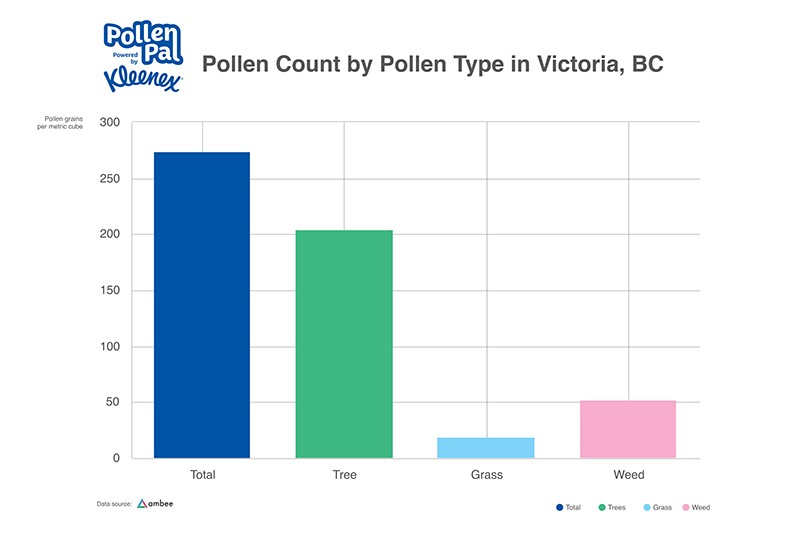
How to Stay Prepared for Victoria’s Allergy Seasons
- Have a package of Kleenex® Ultra On-the-Go 3-Ply Pocket Facial Tissues by your side to comfort your stuffy nose for whenever seasonal allergies may arise.
- Wear sunglasses to prevent pollen from reaching your eyes potentially causing watering or irritation.
- Frequently wash your hands while out to remove pollen.
- Use a petroleum jelly around your nostrils and upper lip to cut off pollen.2
- Have a highly protective comfortable mask ready to filter pollen and allergens in the air.3
- Once indoors, change your clothes and shower to wash off and remove pollen.
- For those using standard nasal sprays try nasal breathing exercises to naturally assist.4
Pollen Hotspots in Victoria
The lush greenery that surrounds Victoria can unfortunately bring tears to the eyes of those of us with allergies, and not the good kind either. The manicured lawns of the Legislative Assembly of British Columbia, gardens of Craigdarroch Castle, and many trees of Beacon Hill Park can aggravate hay fever symptoms. As beautiful as it is, Abkhazi Garden can also pose a significant pollen risk. Check Your Pollen Pal before making plans!
Allergy Friendly Activities in Victoria
Springtime in Victoria – beginning as early as February but generally between March and May - is when the tree pollen count is at its peak. Pollen from trees and grass are prominent at different times so it’s a good idea to use the tracker to plan your trips and avoid being caught out. When going to the city’s green spaces is not in the cards, there are still plenty of other things to do.
Indoor Activities
Pollen count too high? Stay inside and explore!
- Royal BC Museum
- Art Gallery of Greater Victoria
- Miniature World
- The Bateman Gallery
- Craigdarroch Castle
Food and Drink
Experience a traditional British High Tea with a West Coast twist.
- Government House Tea Room
- Pendray Tea House
- Fairmont Empress
- White Heather Tea Room
- Tea at The Empress
Getting Outdoors
Stick to the sea when hay fever symptoms arise.
- Scenic marine route
- Ogden Point Terminal and Breakwater
- Whale watching
- Fisherman’s Wharf
- Butchart Gardens
- Wildplay Elements Park
Sources:
Pollen Levels
The following table shows the risk level for each type of pollen derived by applying NAB guidelines to our data and taking percentile values from the extended season for each type of pollen.
Severity of pollen is dictated by the PPM number, which stands for Pollen Grains Per Cubic Metre. The weather and time of day can also be a big factor when it comes to how the pollen count can affect you. As pollen falls to the ground when the heat dissipates during the evening, this can mean your seasonal allergy symptoms get worse and is why many allergy sufferers have worse symptoms in the night. On rainy days, you’ll find your allergy symptoms are easier to manage as rain tends to wash pollen away.
- Low
- Moderate
- High
- Critical
Tree Pollen
- 0-95
- 96-207
- 208-703
- 704+
Weed Pollen
- 0-20
- 21-77
- 78-266
- 267+
Grass Pollen
- 0-29
- 30-60
- 61-341
- 342+
Types of Pollen
We’ve taken a closer look at the types of pollen out there to help you narrow down which ones will have you reaching for the tissues.
Show Allergy Season Who’s Boss
Looking for more info on seasonal allergies and symptoms? Check out our latest articles to help you put pollen allergies in their place.
Find Comfort From Allergies with Kleenex®
Seasonal or not, allergy symptoms can take a heavy toll on you. Let Kleenex® facial tissues help relieve some of those symptoms.
View all products
Frequently Asked Questions
- Local Pollen traps, where available.
- Weather data and other anthropogenic factors.
- Vegetation related data around your region.
A tree pollen level above 50 is considered high, while one to 10 is considered low. Be sure to check your local pollen count before venturing outside and plan accordingly.
 Get Pollen Alerts
Get Pollen Alerts
